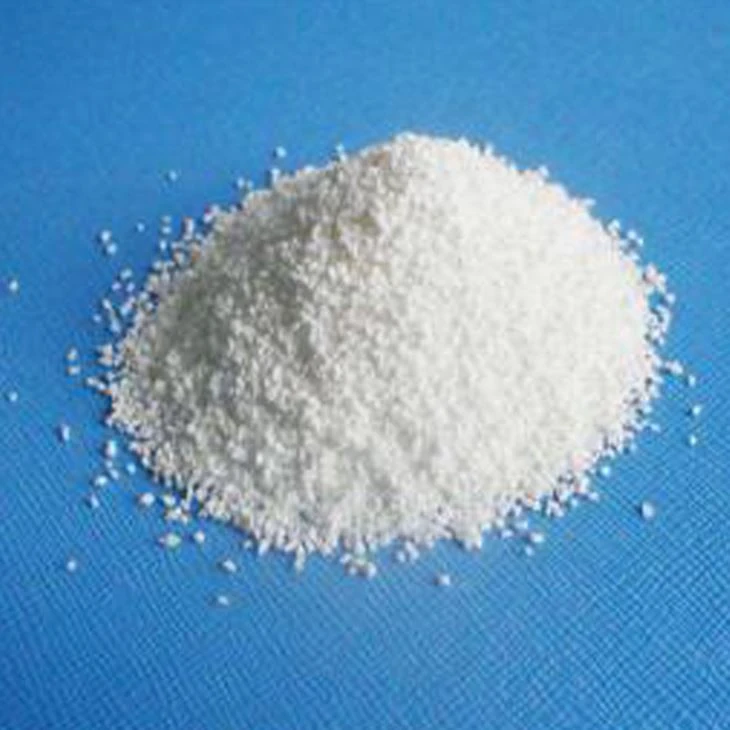



reverse osmosis treatment chemicals
Understanding Reverse Osmosis Treatment Chemicals
Reverse osmosis (RO) is a widely used water purification technology that effectively removes various contaminants from water. It operates by applying pressure to force water through a semi-permeable membrane, leaving impurities behind. While the RO process is efficient, the chemicals used in reverse osmosis treatment play a crucial role in enhancing its efficacy, system longevity, and overall operational efficiency. This article discusses the primary chemicals involved in RO treatment, their functions, and their significance in the overall purification process.
Pre-treatment Chemicals
Before water goes through the reverse osmosis membrane, pre-treatment is essential to ensure that the system operates efficiently and lasts longer. One of the main chemicals used in pre-treatment is flocculants. Flocculants help to aggregate suspended solids in the water, allowing them to be easily removed by sedimentation or filtration. This step is crucial because excessive particulates can clog the RO membranes, leading to reduced flow rates and increased pressure, ultimately decreasing efficiency.
Another important category of pre-treatment chemicals is anti-scalants. These chemicals prevent the formation of scale on the RO membranes by inhibiting the crystallization of minerals like calcium and magnesium, which can precipitate out of solution. Failing to use anti-scalants can result in fouling and scaling, which not only diminishes efficiency but also increases maintenance costs.
Membrane Cleaning Chemicals
Over time, RO membranes accumulate deposits from various contaminants, leading to decreased performance and requiring regular cleaning. Specialized cleaning chemicals are employed to restore membrane performance. These cleaners typically include alkaline detergents, acids, and surfactants. Alkaline cleaners help remove organic contaminants and oils, while acidic cleaners are effective against inorganic fouling, such as calcium carbonate scale. Surfactants can enhance cleaning efficacy by reducing surface tension and allowing better penetration into fouled membranes.
The selection of cleaning chemicals is crucial and often depends on the type of fouling observed. It's important to regularly monitor membrane performance and select appropriate cleaning protocols to maintain efficiency and extend the lifespan of the membranes.
reverse osmosis treatment chemicals

Post-treatment Chemicals
After the reverse osmosis process, the treated water may require post-treatment to ensure its safety and quality for consumption or industrial use. One common chemical used in post-treatment is sodium hypochlorite, which acts as a disinfectant. It helps in eliminating any remaining microbial contaminants that may have survived the initial RO process. However, it is vital to carefully control the dosage, as excessive chlorine can damage the RO membranes.
pH adjustment chemicals, such as sodium hydroxide or sulfuric acid, may also be used in post-treatment to ensure that the water pH is within acceptable limits. Proper pH levels are essential not only for safety but also for preventing corrosion in distribution systems.
Environmental and Safety Considerations
While the chemicals used in reverse osmosis treatment are crucial for efficiency and safety, they also come with environmental and safety considerations. The handling of chemicals must adhere to strict regulations to avoid harmful exposure to personnel and the environment. Additionally, waste disposal emerging from chemical usage should be treated according to applicable regulations to prevent environmental contamination.
Conclusion
In summary, chemicals play an integral role in the reverse osmosis treatment process. From pre-treatment to post-treatment, the right selection and application of chemicals can significantly impact the efficiency, effectiveness, and safety of water purification systems. Continuous research and development in this field aim to create more eco-friendly alternatives and improve the overall sustainability of reverse osmosis processes. Understanding the chemistry behind water treatment not only enhances operational efficiency but also contributes to safer and cleaner water sources, ultimately benefiting both human health and the environment.
-
Why Sodium Persulfate Is Everywhere NowNewsJul.07,2025
-
Why Polyacrylamide Is in High DemandNewsJul.07,2025
-
Understanding Paint Chemicals and Their ApplicationsNewsJul.07,2025
-
Smart Use Of Mining ChemicalsNewsJul.07,2025
-
Practical Uses of Potassium MonopersulfateNewsJul.07,2025
-
Agrochemicals In Real FarmingNewsJul.07,2025
-
Sodium Chlorite Hot UsesNewsJul.01,2025










